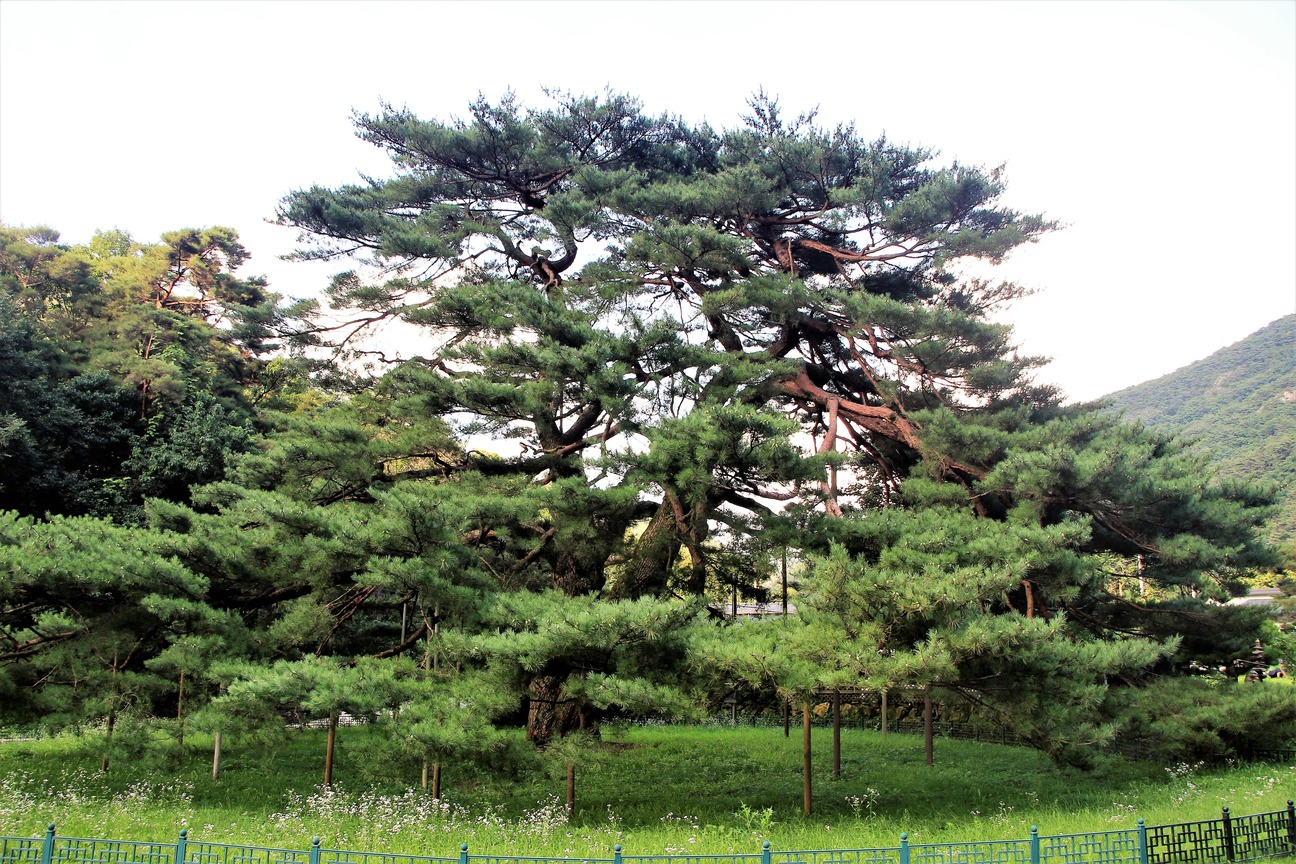Pine trees are a beloved part of many landscapes, providing shade, beauty, and a connection to nature. However, these majestic trees can be susceptible to various health issues that can threaten their well-being. In this comprehensive guide, we’ll explore the common signs of pine tree diseases, effective identification techniques, strategies for saving a dying pine tree, and preventative measures to keep your trees healthy and thriving.
What are the Common Signs of Pine Tree Diseases?

What are the Discolored Needles Symptoms?
Discolored needles can be a telltale sign of pine tree diseases. Look for yellowing or bronzing of the leaves, followed by permanent wilting and death within three days. The needle discoloration can range from yellow to reddish-brown or brown, often with brown bands or black fruiting bodies.
What are the Needle Loss Symptoms?
Premature needle shedding, especially if young needles are affected, can indicate a problem. While older needles may naturally turn brown and fall off, excessive needle loss can be a sign of disease.
What are the Bark Lesions Symptoms?
Peeling bark, often in large sections, can indicate fungal infections or pest infestations. Additionally, look for cankers, galls, or resin leakage on the bark, roots, branches, and trunks.
What are the Other Symptoms?
Other signs of pine tree health issues include spots on pinecones, indicating fungal diseases, broken or weak branches, leaking sap, and holes or sawdust on branches, which can be a sign of pest infestations.
How to Identify Pine Tree Diseases?

What are the Visual Inspection Techniques?
Carefully examine the needles for discoloration, spots, or bands. Inspect the bark for lesions, cankers, or resin leakage. Check for signs of pest infestation, such as holes or sawdust.
What are the Laboratory Testing Techniques?
If you’re unsure about the diagnosis, consider sending samples to a laboratory for fungal or bacterial analysis.
How to Save a Dying Pine Tree?
What is the Critical Intervention Timeline?
Act quickly if you notice symptoms, as some diseases can progress rapidly. Consult a professional arborist if you are unsure about the diagnosis or treatment.
What are the Treatment Options?
Fungicides: Apply borax powder to prevent the spread of annosus root rot, and use registered fungicides to treat needle casts and rusts.
Insecticides: Apply insecticides to control pests that spread diseases, such as the pine sawyer beetle.
Pruning: Remove infected branches to prevent the spread of disease and improve air circulation.
How to Prevent Pine Tree Diseases and Pests?
What are the Cultural Practices?
Provide adequate air circulation by spacing trees and pruning surrounding vegetation. Avoid over-watering and ensure good drainage to prevent root rot. Prune trees regularly to maintain a healthy structure and reduce disease susceptibility.
What are the Chemical Treatments?
Apply fungicides preventively to protect against diseases like needle casts and rusts. Use insecticides to control pests that spread diseases.
What are the Biological Controls?
Introduce natural predators or parasites to control pest populations.
Recommended Frequencies and Quantities
Fungicides
Apply every 4-6 weeks from early spring to fall to prevent needle casts.
Insecticides
Apply according to the product label instructions and as needed to control pest populations.
Pruning
Prune annually or bi-annually to maintain tree health and structure.
